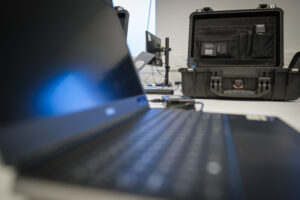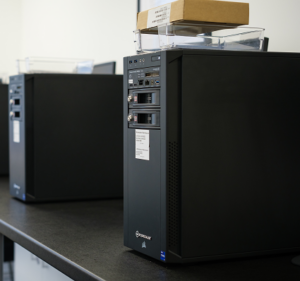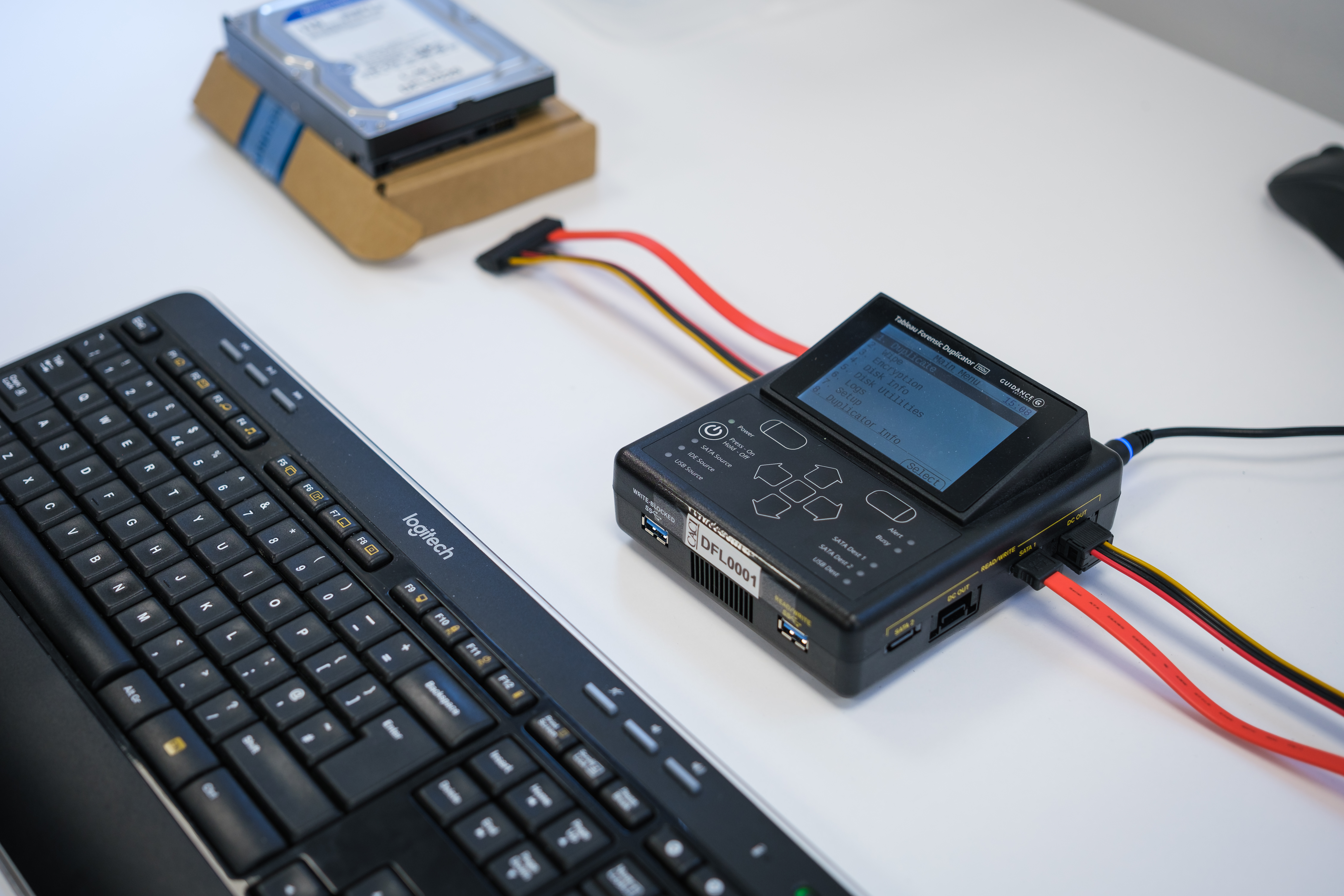


Infrastructure Design
CACI has extensive experience in designing and implementing Digital Forensic laboratories. Each laboratory design is unique, and there is no one-size-fits-all approach. If you’re not relocating your entire operation, then you’re going to have to work with what you’ve got. Regardless, CACI can help you optimise your resources and make the most of what you have available to you.
Considerations for designing a digital forensic laboratory
Physical security:
The lab should have robust physical security measures in place, including access controls, video surveillance, intrusion detection systems and appropriate environmental controls (e.g., temperature, humidity) to protect the integrity of the equipment and evidence.
Network segmentation
Implementing network segmentation to isolate the Digital Forensic lab’s infrastructure from the organisation’s main network, minimising the risk of unauthorised access and potential contamination of evidence. Network segmentation also allows for better control and monitoring of network traffic within the lab.
Hardware and software resources
Evaluate the hardware and software requirements for forensic analysis and ensure that the lab is equipped with necessary and up-to-date resources. This includes servers, workstations, storage systems, forensic imaging devices, specialised software tools and virtualisation capabilities for creating isolated analysis environments.
Storage and backup
Determine the storage requirements for handling and storing large volumes of digital evidence. The lab should have ample storage capacity and backup mechanisms to protect against data loss or corruption. Consider employing redundant storage systems, off-site backups and data replication for enhanced reliability.
Key Considerations and CACI's Expertise
Addressing these data management challenges requires a combination of expertise in digital forensics and data management strategy. CACI has both, we can help with the processes, procedures and practices involved in the effective handling, organisation, preservation, analysis, review and archive/disposal of digital evidence throughout the lifecycle of a digital investigation.
Network infrastructure
Ensure that the lab has a robust and high-speed network infrastructure to support the transfer of large data sets. This includes reliable and robust network switches, routers and appropriate network cabling. Network monitoring tools should also be in place to track network activities and detect any suspicious or unauthorised access attempts.
Evidence handling and storage
Establish secure procedures for evidence intake, storage and preservation. This includes the use of evidence lockers, evidence management systems and strict chain of custody protocols. Consider implementing secure storage solutions such as tamper-evident bags, safes or lockable cabinets to protect physical evidence.
Virtualisation and sandboxing
Implementing virtualisation technologies can help with resiliency and can also be used to create isolated and controlled analysis environments. Virtual machines and sandboxes also allow forensic analysts to conduct investigations without compromising the integrity of the lab’s infrastructure or risking contamination of evidence.
Scalability and future expansion
Plan for future growth and potential expansion of the lab infrastructure. Anticipate the inevitable increasing storage needs, any additional equipment requirements and rapidly evolving technologies. A scalable infrastructure design allows for seamless integration of new tools and technologies as they emerge.
Contact us
Contact our Digital Forensics Team for further details: [email protected]









